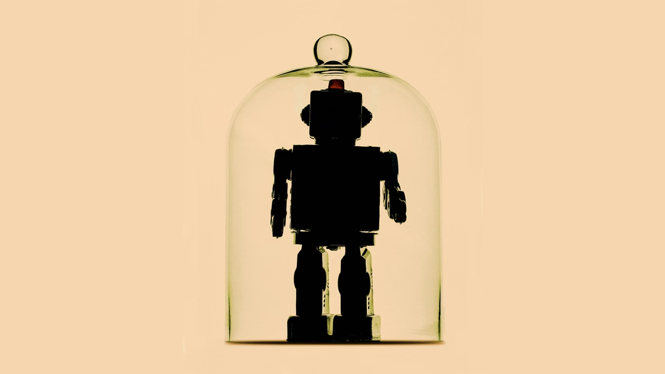The Generative-AI Revolution May Be a Bubble
Tech firms have been spending historic amounts of money on AI—but will it pay off?

This is Atlantic Intelligence, a newsletter in which our writers help you wrap your mind around artificial intelligence and a new machine age. Sign up here.
For the past two years, the biggest tech firms have begun spending historic amounts of money to develop generative-AI products and spread them across the web. The build-out may demand a trillion dollars or more of investment across the economy this decade—more than the Apollo missions or the interstate-highway system.
Wall Street is finally starting to wonder if such extravagant spending will turn a profit. In a quarterly earnings call on Tuesday, Microsoft reported sky-high AI expenses and slowing growth in its cloud-computing and AI businesses—raising concerns and briefly sending its stock sliding, although it has since rebounded. In the weeks prior, a number of analysts at major financial institutions, including Goldman Sachs, Sequoia Capital, and Barclays, have questioned whether generative AI will pay off, as I wrote in an article this week.
To justify trillions of dollars of spending, chatbots can’t just be productivity tools—they have to prompt a widespread economic transformation, and the proof that they will just isn’t there yet. “The industry is asking the world to engage in something like a trillion-dollar tautology,” I wrote. “AI’s world-transformative potential justifies spending any amount of resources, because its evangelists will spend any amount to make AI transform the world.”
Of course, that might not matter. Microsoft, Meta, Google, and Amazon are some of the biggest companies in history, and they can afford to bet exorbitant sums on AI. Fueled by a belief in the technology and a fear of falling behind their competitors, there’s certainly no sign that any of them will slow down.

Silicon Valley’s Trillion-Dollar Leap of Faith
By Matteo Wong
Tech companies like to make two grand pronouncements about the future of artificial intelligence. First, the technology is going to usher in a revolution akin to the advent of fire, nuclear weapons, and the internet. And second, it is going to cost almost unfathomable sums of money.
Silicon Valley has already triggered tens or even hundreds of billions of dollars of spending on AI, and companies only want to spend more. Their reasoning is straightforward: These companies have decided that the best way to make generative AI better is to build bigger AI models. And that is really, really expensive, requiring resources on the scale of moon missions and the interstate-highway system to fund the data centers and related infrastructure that generative AI depends on. For a product as important as fire, they say, any spending is worth it. Sam Altman, the CEO of OpenAI, has described his firm as “the most capital-intensive startup in Silicon Valley history.” Dario Amodei, the CEO of the rival start-up Anthropic, has predicted that a single AI model (such as, say, GPT-6) could cost $100 billion to train by 2027. The global data-center buildup over the next few years could require trillions of dollars from tech companies, utilities, and other industries, according to a July report from Moody’s Ratings.
What to Read Next
- Excuse me, is there AI in that?: “A steady tick of companies, brands, and creative workers have taken to explicitly advertising their products and services as human-made. It’s a bit like the organic-food labels that rose to prominence years ago, but for digital labor. Certified 100 percent AI-free,” Brian Merchant wrote this June in an essay on the many people who don’t want AI at all.
- The lifeblood of the AI boom: “To build bigger machines—as Microsoft, Google, Meta, Amazon, and other tech companies would like to do—you need more resources. And our planet is running out of them,” I wrote this March in an article about where the actual physical and financial costs of generative AI lie.
P.S.
Been watching the Olympics? Maybe you saw a bizarre ad featuring a parent using Google Gemini to help their child write a letter to an Olympian. “The whole thing is bleak,” my colleague Caroline Mimbs Nyce wrote this week about the ad. “It takes the feel-good cliché of a child getting to interact with their idol and squishes a multimillion-dollar large language model between them.”
— Matteo
What's Your Reaction?




















